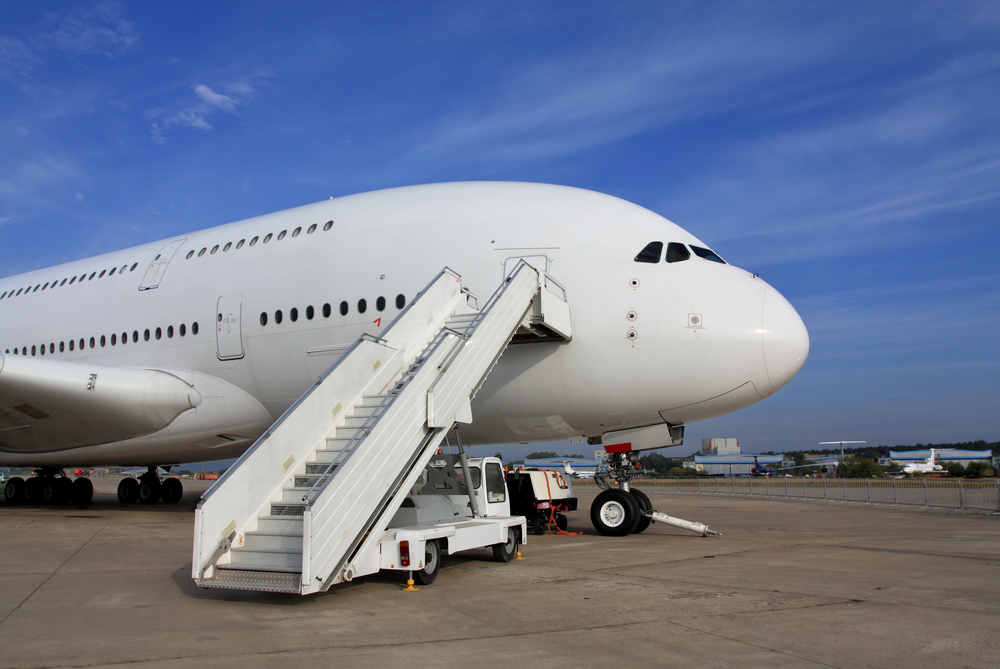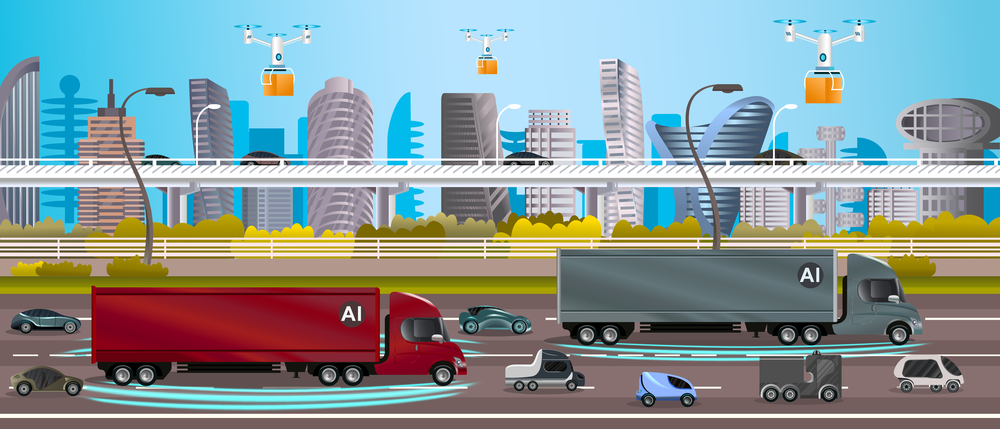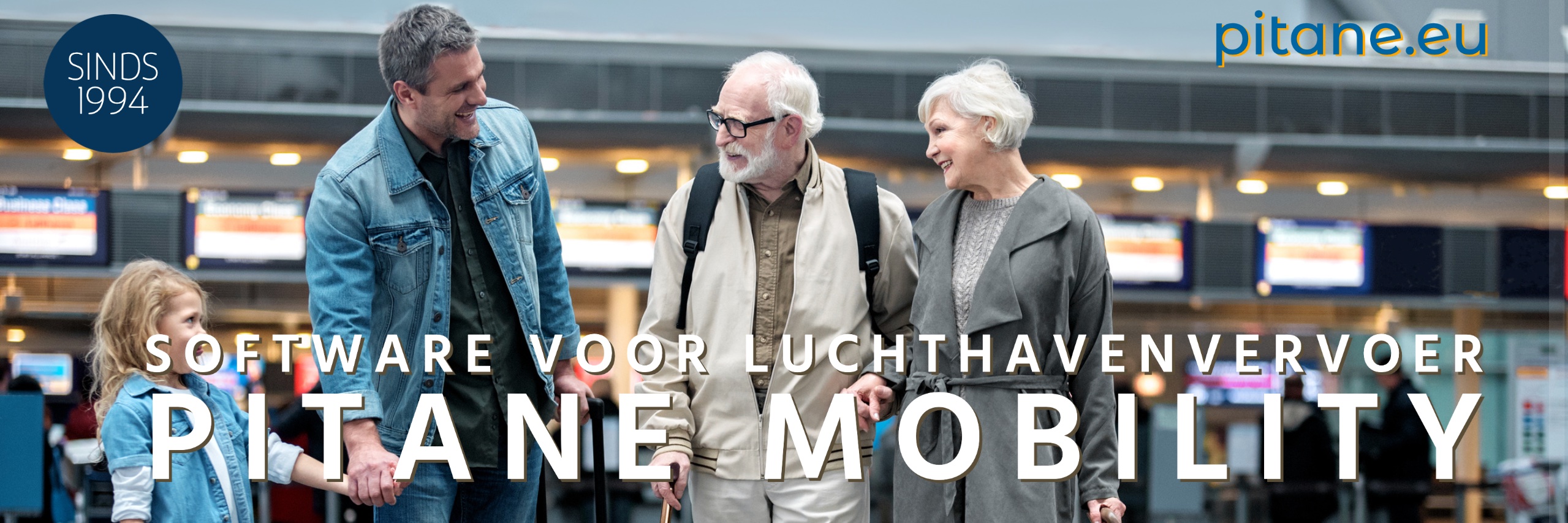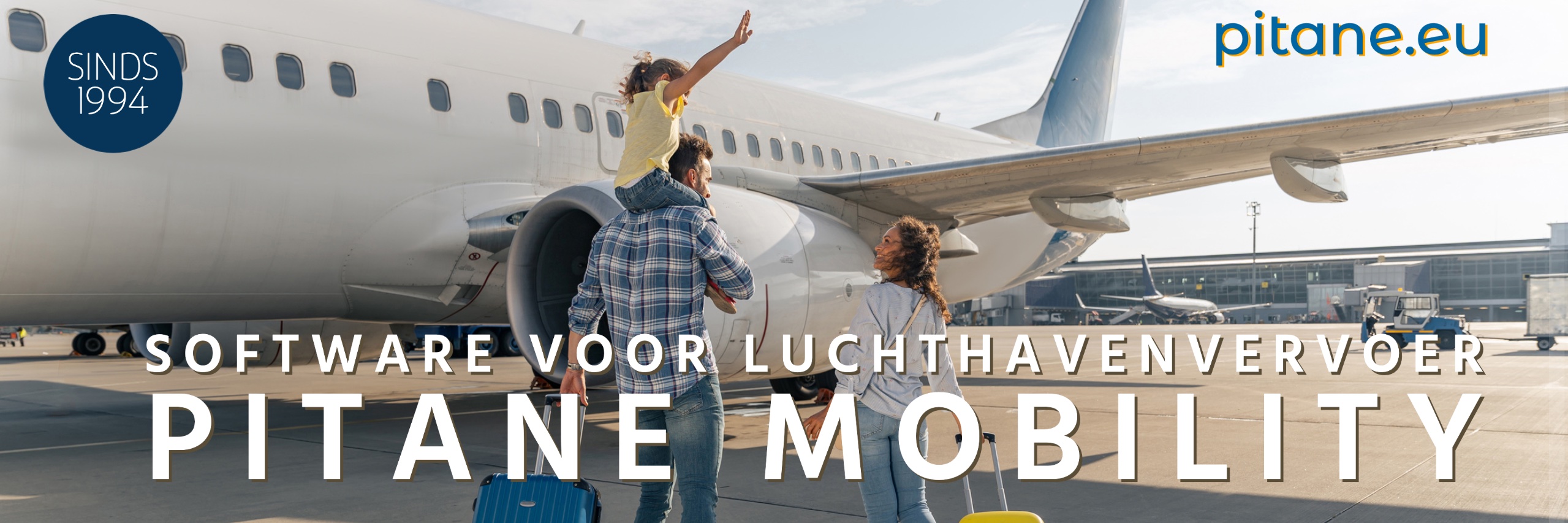In addition, the government sees great opportunities in unmanned aviation.
The aviation industry is changing rapidly, with innovative technologies at the heart of plans for future developments. These technologies have a wide range of applications, from improving the efficiency of air routes to integrating unmanned aerial vehicles into existing airspace.
One of the notable technologies is Pathway Based Operations (TBO), which is seen as one of the most important innovations to promote more sustainable and efficient flight procedures. TBO focuses on optimizing the escape route, which can reduce both noise nuisance and CO2 emissions. The use of TBO is one of the strategic plans listed in the Preferred Airspace Review Decision along with other technologies such as Extended Arrival Management (E-AMAN).
Meanwhile, hard work is also being done to integrate unmanned aviation into the airspace. The Ministry of Infrastructure and Water Management (IenW) has identified the development of U-space as a priority to support the safe and large-scale deployment of drones. U space is an advanced system that can efficiently and safely guide autonomous and automatically controlled drones through the airspace. This system is expected to be fully operational by 2050.
One of the main projects being worked on is the concept of 'free route airspace', which allows users to follow an efficient route of their choice rather than a prescribed path.
The pursuit of a greener and more efficient aviation system is fully in line with the European Single European Sky (SES) initiative. SES aims to implement new technologies to make aviation more sustainable while improving operational efficiency.
In addition, the industry emphasizes the importance of respecting citizens' privacy when deploying drones on a large scale, demonstrating that the aviation industry pays equal attention to technological progress as well as to social and individual interests.

The pursuit of a Single European Sky: A unified vision of the future of aviation
Europe is striving for a single, united airspace – it Single European Sky (SES) – an initiative promoted by the European public-private partnership SESAR (Single European Sky ATM Research). SESAR focuses on airport operations, traffic management systems (ATM), traffic control services and infrastructure. One of the main projects being worked on is the concept of 'free route airspace', which allows users to follow an efficient route of their choice rather than a prescribed path.
The Trajectory Based Operation (TBO) concept, another facet of SESAR, helps implement technological developments in navigation and planning. TBO makes a concrete contribution to the use of fixed approach routes. By using techniques such as RECAT-EU, Pair-wise Separation, Interval Management and Time Based Separation, arriving aircraft can be safely placed closer together. For example, this increases the capacity of the approach routes that cause the least (noise) nuisance. Cross border arrival management (XMAN) enables approach routes to be optimized across national borders, facilitating sustainable flying.

In addition, the government sees great opportunities in unmanned aviation. The government wants to give space to unmanned aircraft and enable innovative technologies and services, given the possible wide range of socially valuable applications. Drones are already being deployed, but they usually still have to fly in direct line of sight of a pilot, which is considered inefficient. To fully exploit the potential of drones, it is necessary to be able to fly out of sight of the pilot. Fully automated, self-piloting drones could then exploit the full potential of this technology and the airspace.
To realize this potential, the European Commission has created U-space, the air traffic control system for drones. U-space is designed to enable the safe use of drones with as few negative effects as possible, such as noise pollution and horizon pollution. Attention is also paid to the privacy of citizens, which underlines the social importance attached to these developments.



